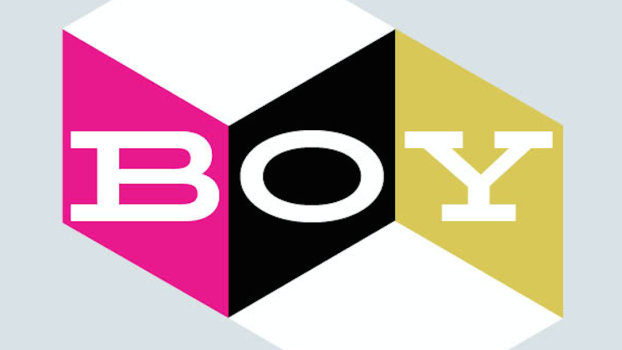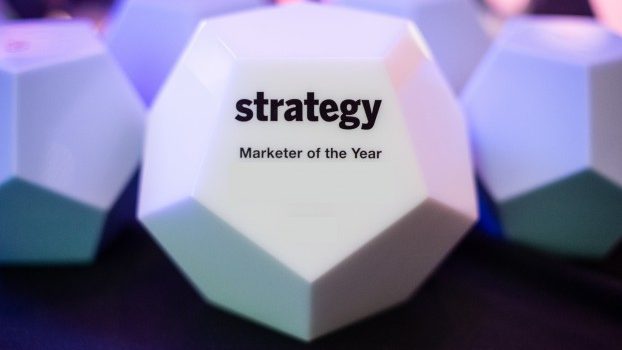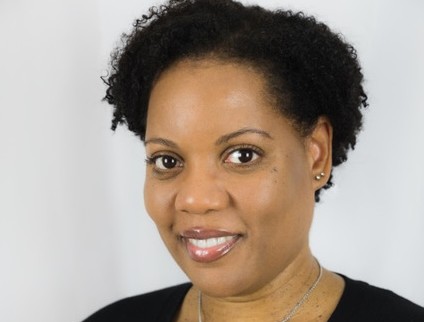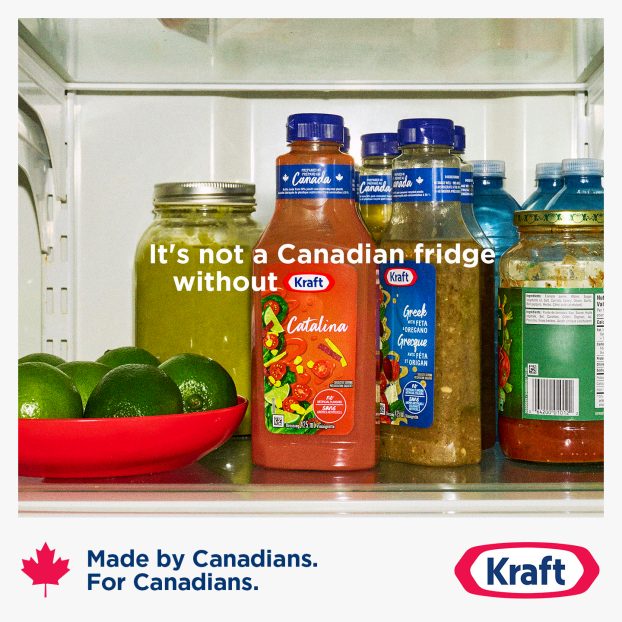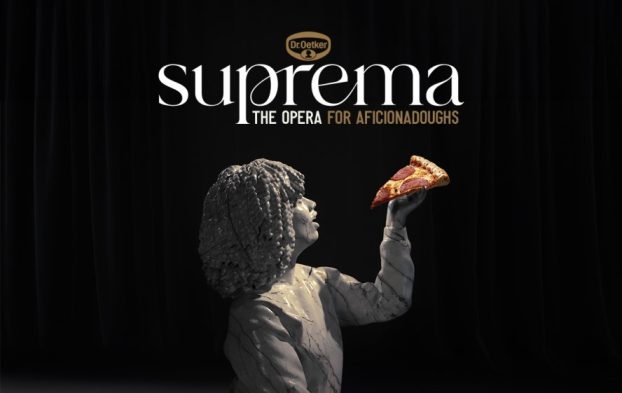 The lightbulb moment when Simon Duffy, co-founder of London, U.K.-based Bulldog Skincare, realized that he could do something about the size of the male beauty market came as he was wandering the aisles of a Union Square Manhattan Whole Foods back in 2005, looking for a moisturizer – any moisturizer – that was geared towards men.
The lightbulb moment when Simon Duffy, co-founder of London, U.K.-based Bulldog Skincare, realized that he could do something about the size of the male beauty market came as he was wandering the aisles of a Union Square Manhattan Whole Foods back in 2005, looking for a moisturizer – any moisturizer – that was geared towards men.
Fast forward a decade-and-a-half, Bulldog Skincare continues to expand, most recently into Japan, and is becoming more entrenched in the Canadian male beauty landscape, with products now available in 300 Walmart locations 18 months post-launch.
According to Duffy, the brand has achieved 20% market share in Canada, primarily through strategic partnerships with the likes of Loblaw’s, Shoppers, Jean Coutu, Walmart and Amazon, as well as engaging media and social influencers through in-store activations.
Duffy tells strategy that despite the company’s growth, there’s no comparing the abundance of shelf space given to female beauty products. In other categories, such as bathroom and personal care, men and women are using products with equal measure and penetration, but not so with grooming, although the reason why remains a “business conundrum.”
In its messaging and branding, Bulldog aims for simplicity. In the skincare sector, Duffy says, there’s often “unnecessary complexity when it comes to marketing,” which is replete with excessively “science-y, overly complicated claims.” These can be a barrier to entry for men, which is why the brand’s product lines and descriptions are so straightforward, touting, say anti-aging and moisturizing (women’s brands frequently use jargon about cellular time release action, for example).
“That’s why it’s called bulldog, a man’s best friend you can trust,” Duffy says. “We are talking to men as their friends. We want products to be easy to understand and easy to use.”
The company has made sustainability a core focus of its business. It sources plastics from sustainable sugarcane rather than fossil fuels and recently unveiled a bamboo razor, a “long overdue [step] in an industry consumed with plastics,” according to Duffy. He says doing the right thing on the corporate side is important, but also becoming more of a purchase driver, especially among younger consumers. (The brand has never used plastic micro balls as part of its packaging). While the company was acquired by Edgewell Personal Care in 2016, Duffy maintains that the brand is unencumbered by the baggage of legacy thinking.
In the U.K., where traditional gender roles remain more entrenched, Bulldog research shows 17% of households are buying male skincare products, according to Duffy. He says that in that market, 75% of transactions are done by women shopping for their partners. However, in Canada, more and more men (especially younger men) are actively in the category, so there’s potential for growth in basic regimens like facewash and moisturizer, especially among the younger set, he says.
“From a retail perspective, we are not asking people to go to quirky locations,” Duffy says. What the brand looks for in a partner, is someone with scale, a built-in audience for the products, especially “anywhere where you can buy Nivea and L’Oreal.”
In the U.K., Bulldog has tended to run more TV campaigns, because it has the money and the scale to do so. These feature their eponymous mascot who communicates with human users telepathically, informing them about product features like plastic content and the importance of beard maintenance. These have been repurposed by popular demand on its YouTube and Instagram channels.
In the Canadian market, its marketing has been more low-key. Bulldog launched in Canada 18 months ago by doing a sampling at The Fitting Room, a barbershop in Toronto’s trendy Dundas West neighbourhood. But it has yet to invest in any large-scale marketing campaign.
The Canada and U.K. markets are similar in many respects, he says. The one exception might be that beard products are resonating more in Canada than they do in Britain, either because the proportion of unshaven men is greater in Canada, or because that market segment prefers to take more care when it comes to grooming beards, Duffy says. Overall, the founder is pleased with growth (of profits, not facial hair) domestically. It has also had success with age defense moisturizers, which Canadian consumers are taking too at a higher rate relative to their British counterparts.
But getting Canadian men to “catch up with women when it comes to washing and moisturizing” presents a huge market potential, since Bulldog is currently one of the few brands aimed squarely at square jaws, according to Duffy.
Facing competitors like Nivea and L’Oreal, which also have a strong female product lines, Bulldog aims to differentiate by being “purpose built for men, led by male insights” and tested on male skin. (In Canada, it faces additional competition from small-scale, locally grown companies like Fendrihan, PrairieBoysSupplyCo, and Midnight & Two, which all target the male grooming segment).
But despite needing to deal with high-profile multinational behemoths like the Adam Levine collaborator L’Oreal, Duffy says the more the merrier: “There is room for anybody. It’s not a zero sum game. The more everyone can do to get men to try the products, the better.”
And while the category continues to present challenges, he remains resolutely upbeat about the potential for growth: “If you have time to brush your teeth, you have time to wash your face and moisturize.”


